- Oct 6 Resilience Topic Session 1 to 2pm & 6:30pm to 7:15pm Zoom Link
- Oct 6 Resilience High Impact City Actions
- Oct 6 Resilience Session Jam Board
- Oct 6 Hennepin County Natural Resources Plan Update
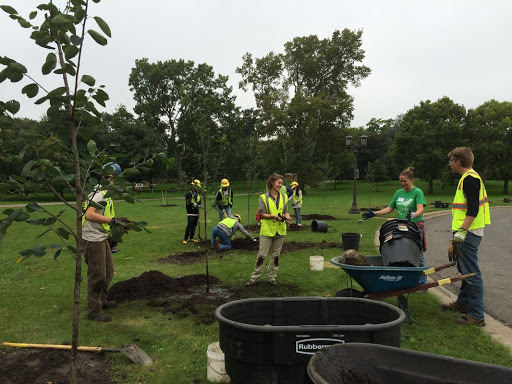
Resilience/ Adaptation High Impact Actions
Action 30. Adopt, budget for & achieve urban tree canopy coverage & diversity goals GSC BP#16.3
- Diversify trees on boulevards/city land GSC BP16.4 , Provide Incentives for Tree Planting on Private Property
Action 31. Adopt a Tree Preservation Ordinance &/or Model Landscape Ordinance for a Municipal Zoning Code (GS GSC BP 3.1, 3.3, 3.5, 7.5, 10.4, 10.6, 16.5) topics covered include soil and tree health, biodiversity, water infiltration, irrigation, sun and wind orientation, parking lots, and industrial buffer yards
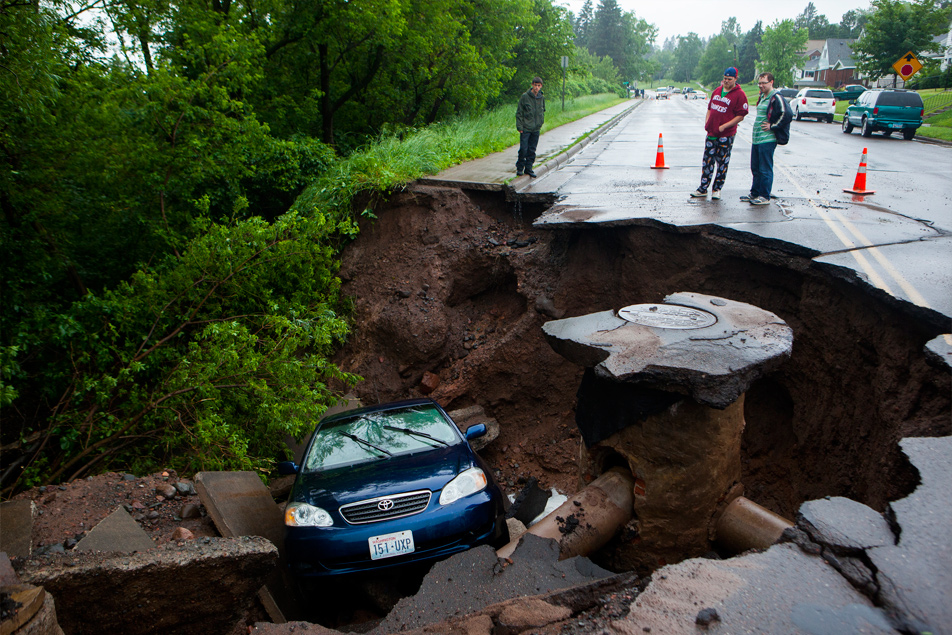
Action 32. Protect public buildings and natural/constructed infrastructure to reduce physical damage and sustain their function during extreme weather events. GSC BPA# 29.5
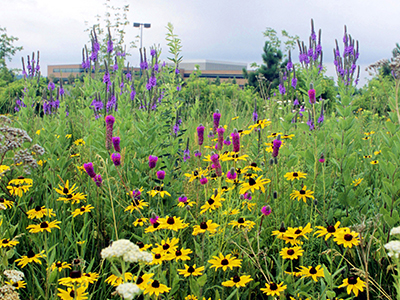
City/County Coordinated Investments
Action 33. Expanding tree canopy through coordinated county-city investments – focus on equity & heat islands
Action 34. Integrating Resilience in infrastructure through coordinated county-city investments (Fed IIJA Funds)
Action 35. Update & co-implement County-Wide All Hazard Mitigation (emergency preparedness) & Natural Resources Plans with county, cities, community based organizations
- Address climate risks (flooding, heat, air quality, backup power). Preserve & restore natural resources & manage invasive species. Strengthen community connections (CERT Teams, Resilience Hubs)
- Learn about & give feedback to strengthen Hennepin County’s Natural Resources Plan during our Oct 6, City County Climate Action Conference afternoon & evening Resilience sessions.
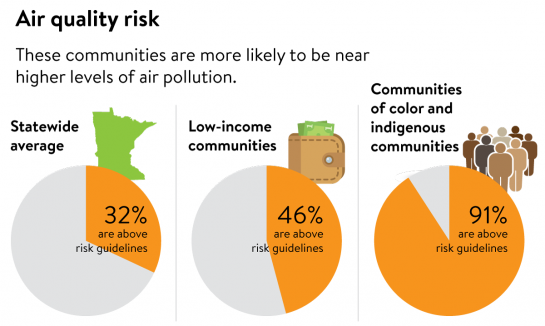
Action 36. Address cumulative air quality impacts (and heat islands) in priority areas through City-County-Community Collaboration.
- In areas with high asthma & heart disease rates, conduct cumulative air quality impact studies and plan & implement actions to reduce point source & mobile source air pollution, electrify busses & heavy vehicles, prevent highway expansion, mitigate air pollution through tree planting and reach out to households experiencing asthma to improve indoor air quality & boost health care participation.
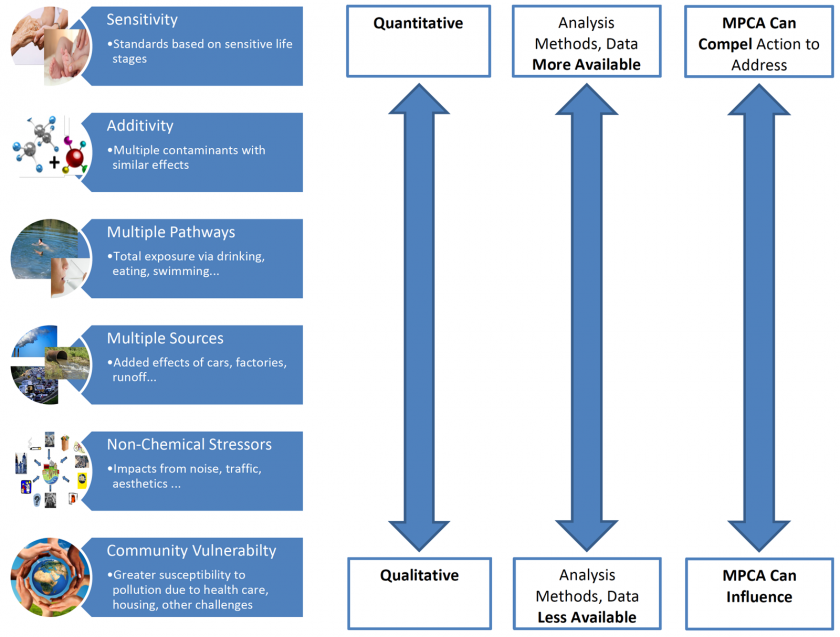
- Resources MPCA Air Quality, MDH Air Quality, Climate & Health,
- MPCA Interactive Map Areas of EJ Concern, MN DOT Sustainability & Public Health,
- City of Mpls Health Dept. Air Quality Minneapolis Green Zones, Our Streets Minneapolis/i94
- Hennepin Co. Climate Action Plan (p. 22) Hennepin Co. Public Health Climate Action Committee
- MN EJ Table/Frontline Communities, MCEA, Clean Air MN
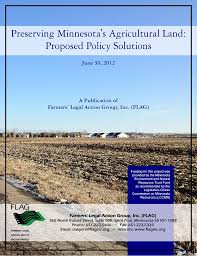
Local Food Networks (BPAs 10.2, 10.3, 10.6, 16.5, 27.1) The Local Foods ordinance focuses on land use standards that protect food production businesses in agricultural areas under development pressure. The ordinance is geared to suburban and ex-urban communities where residential development and small commercial agriculture occupy the same area.
The Headwaters Community Food & Water Bill
(HF2738) creates an inclusive economic resiliency program designed for sustainable living and provides the crucial economic infrastructure (public investment and policies) to:
- Anchor every local economy in a robust regenerative food system (source to table food web)
- Restore the ecological foundation for sustainable living and capturing carbon
- Establish and maintain effective partnerships between rural and urban communities (Sister cities and counties)
- Reward practices that help communities live sustainably and nurture health and well-being
- Nurture the current and next generations of regenerative food leaders (source to table)
- Provide an economic legacy capable of sustaining this and future generations
